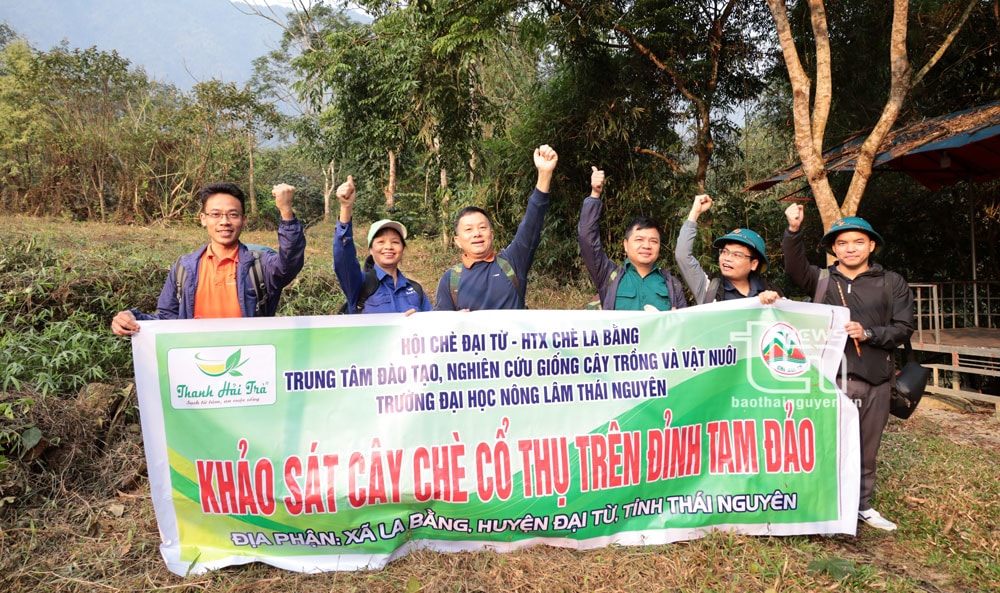
According to long-time foresters, at the top of Tam Dao mountain in La Bang commune, Dai Tu district, Thai Nguyen province, there is a group of trees believed to be ancient tea trees with large trunks, estimated to be several hundred years old. Every time the flower season comes, the misty top of Tam Dao mountain is bright yellow with tea flowers. This information has urged us to cross the mountains and forests, looking for a way to "unveil" the mystery of the ancient tea trees...
Yellow camellia… mountain top
Having crossed the mountain many times, we have come to the ancient tea tree on the top of Bong mountain, Minh Tien commune (Dai Tu), so we are very interested in discovering ancient tea trees in Thai Nguyen province. In 2020, the first information about the ancient tea tree on the top of Tam Dao in La Bang commune (Dai Tu) was revealed.
Foresters here said that during the flowering season, in many areas on the mountain top, the tea flowers fall yellow in a corner of the forest, followed by hundreds, thousands of tea fruits appearing. These flowers and tea fruits are very similar to the midland tea of Thai Nguyen, making them believe that there are many large ancient tea trees on the top of Tam Dao mountain.
Based on information provided by forest rangers, in early 2025, a number of surveys were conducted by the La Bang commune authorities. Mr. Duong Van Vuong, Chairman of the La Bang Commune People's Committee, said that the survey team of La Bang commune went to the top of Tam Dao mountain range and found a population of 18 large trees and hundreds of small trees that looked very similar to tea trees.
With a population of 18 trees believed to be ancient tea trees of large size, locals estimate that they are several hundred years old. This information urged us to march together to find out the truth about the ancient tea trees.
8 hours uphill
To authenticate the ancient tea tree, we contacted Associate Professor, Dr. Ha Duy Truong, Director of the Center for Training and Research on Plant and Animal Breeding (University of Agriculture and Forestry, Thai Nguyen University) - the unit in charge of implementing the project "Research, conservation and development of genetic resources of ancient tea trees in Bong Mountain, Minh Tien Commune, Dai Tu District, Thai Nguyen Province". At the same time, we contacted artisan Nguyen Thi Hai, President of Dai Tu Tea Association, President of the Board of Directors of La Bang Tea Cooperative. The delegation also included Mr. Truong Thuy Luan, Vice President of Dai Tu Tea Association, representative of Thai Nguyen Adventure tourism brand and Mr. Hua Van Thinh, Director of La Bang Tea Cooperative.
Everyone was enthusiastic and passionate about learning about ancient tea trees, so they actively participated in organizing the trip. In particular, artisan Nguyen Thi Hai has extensive knowledge about tea and once went with the survey team of La Bang commune to the top of the mountain to find ancient tea trees. Mr. Truong Thuy Luan has experience in going to the forest, also went with the La Bang commune team and knows how to use specialized GPS to find tea trees.
When we knew that we intended to cross the mountain, artisan Nguyen Thi Hai warned us: To reach the ancient tea tree, the journalists must climb continuously for about 8 hours. The distance over the mountain, climbing the cliff, some sections close to the edge of the cliff are very dangerous. In addition, because the distance is long, arriving at the top is in the evening, so everyone needs to bring tents and sleeping bags to sleep overnight in the deep forest, and can only go down the mountain the next day. Along with machinery, equipment for work and personal belongings, it is estimated that each person must carry dozens of kilograms over the mountain, so the journalists need to be healthy enough to be able to go.
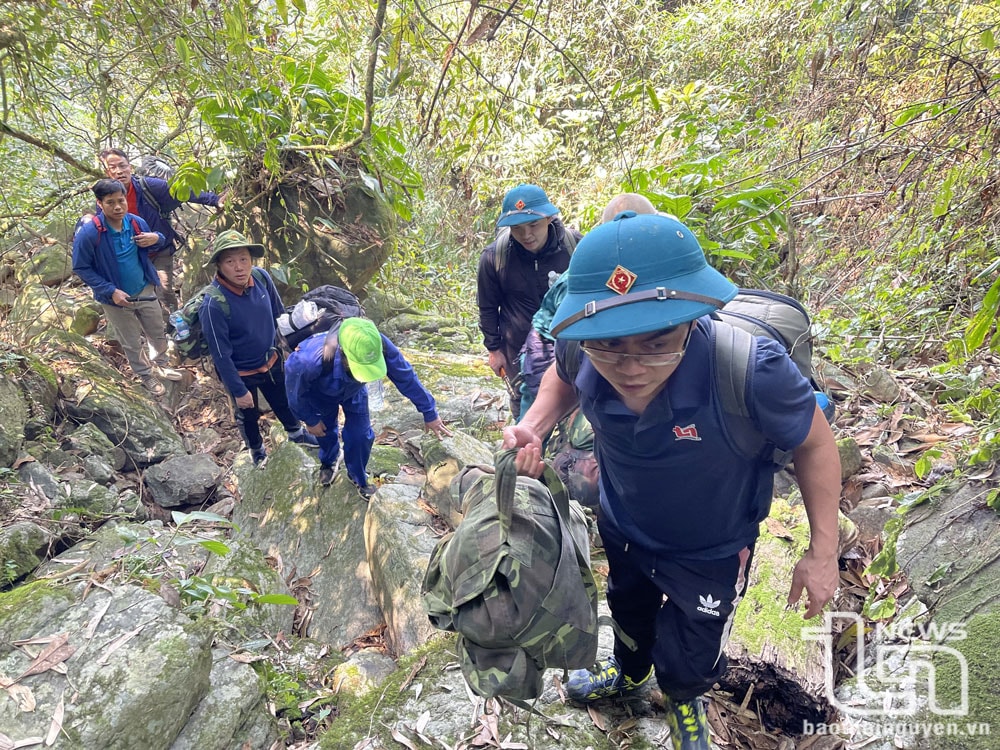
Although we knew it was very difficult, arduous and dangerous, with a strong determination, we did not give up the intention of finding the ancient tea tree. At 7:30 a.m. on a day at the end of March, the group was present at the foot of Tam Dao mountain. Everyone wore large backpacks with full working tools, sleeping bags, and warm clothes. At nearly 8:00 a.m., the group began marching upstream.
In late spring and early summer, the forest road over Tam Dao mountain is as beautiful as a painting. The road follows the Kem stream, flowing like a lyrical hair. The sound of the stream blends with the chirping of birds, making people feel relaxed and happy. However, along with the poetic beauty, the road over the mountain is full of hardship and danger with chest-breaking slopes, steep cliffs, and precarious cliffs. The trail near the stream is full of landslides, just waiting to "swallow" amateur climbers.
And another difficulty, after more than 1 hour of climbing, the group members were exhausted, the steep slope combined with the 15 kg backpack on their backs caused some members to have muscle tension, cramps, and had to drag their legs with difficulty...
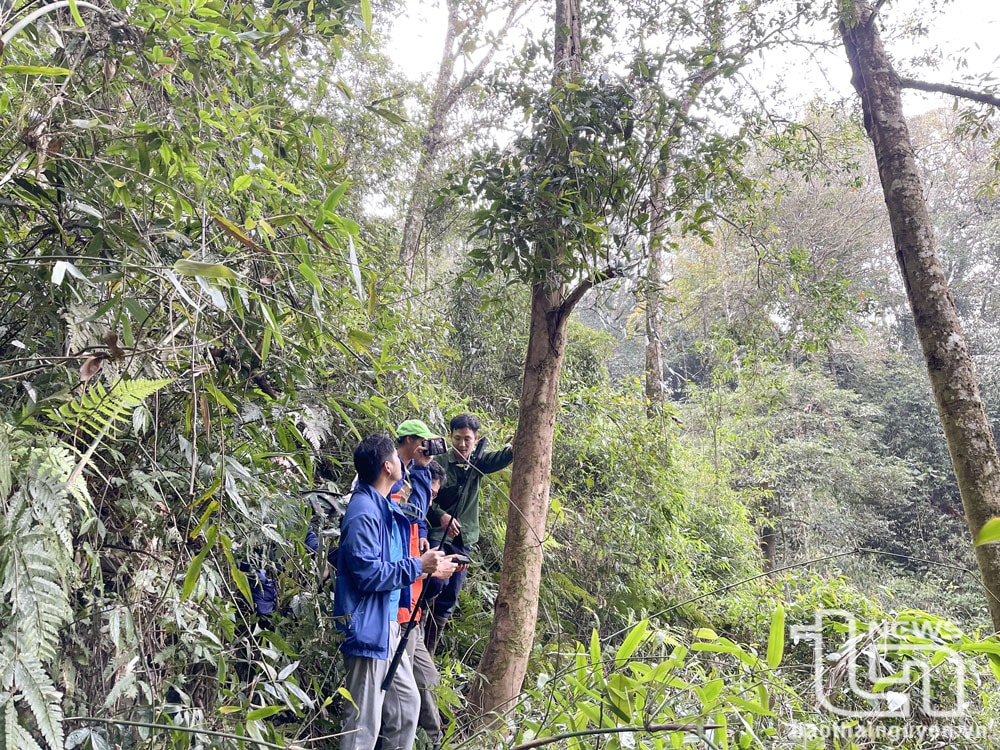
Overcoming all difficulties, at nearly 4 pm, all members of the group reached the mountain top. Mr. Truong Thuy Luan used a GPS device and determined that this area was close to where the ancient tea tree appeared. The whole group focused on searching for the tea tree. While walking, Mr. Luan suddenly saw a tree that looked like a tea tree, so he quickly parted the leaves and walked through the forest towards it.
- Guys, this seems to be an ancient tea tree - Mr. Luan shouted loudly.
The whole group rushed to the tree suspected to be a tea tree. Associate Professor, Dr. Ha Duy Truong conducted a survey of the branches and leaves and concluded that this was an ancient tea tree, very similar to a precious Shan tea variety.
From the first tea tree, the "curtain of mystery" about an ancient tea tree population was gradually revealed.
The first tea tree
Artisan Nguyen Thi Hai shared: "During the trip earlier this year, we went up to the top of the mountain to find the ancient tea tree, but this time on the way we discovered another ancient tea tree. This tea tree was found for the first time. And with its location far from the boundary marker of the two provinces of Thai Nguyen and Tuyen Quang, this is determined to be the closest ancient tea tree to La Bang commune to date."
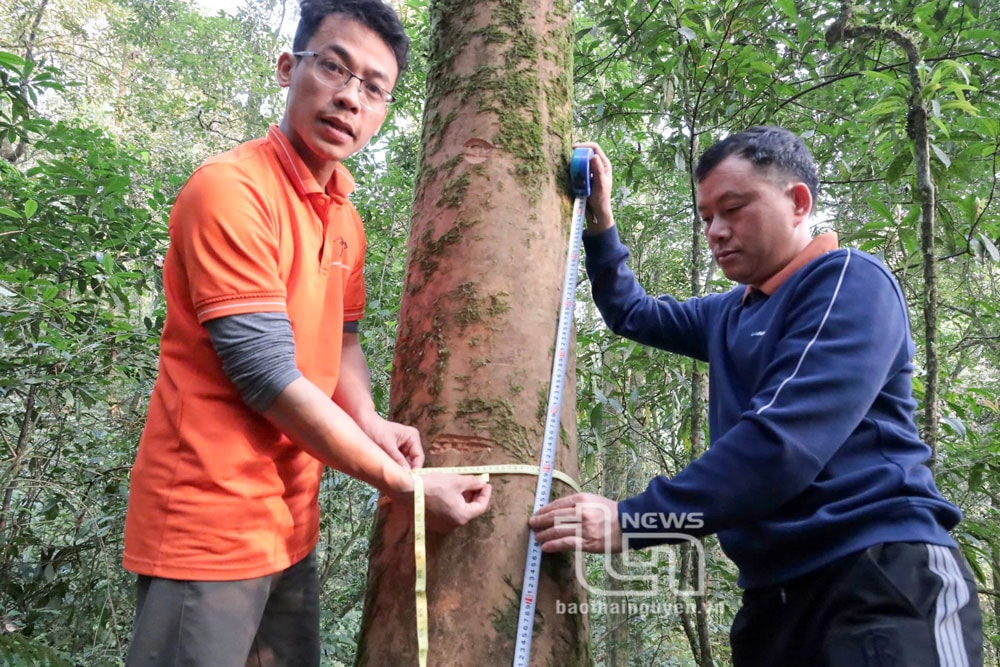
After discovering the tea tree, Mr. Luan used GPS to determine its location. Mr. Luan said: "There are still about a hundred meters of forest road left before we reach the border between Thai Nguyen and Tuyen Quang provinces. This area belongs to La Bang commune, Dai Tu district and is the eastern bank of Tam Dao range. That means this tree belongs to Thai Nguyen province."
After surveying the tea tree, Associate Professor, Dr. Ha Duy Truong assessed: "We took leaf samples, branch samples, and bud samples and initially determined that they were very similar to a Shan tea strain. In particular, the bamboo shoots of the tea tree are very similar to Shan tea bamboo shoots. This first found tea tree is 12 - 13m tall, the circumference of the base measured at a position 20cm from the base is 88cm, estimated to be over 150 years old".
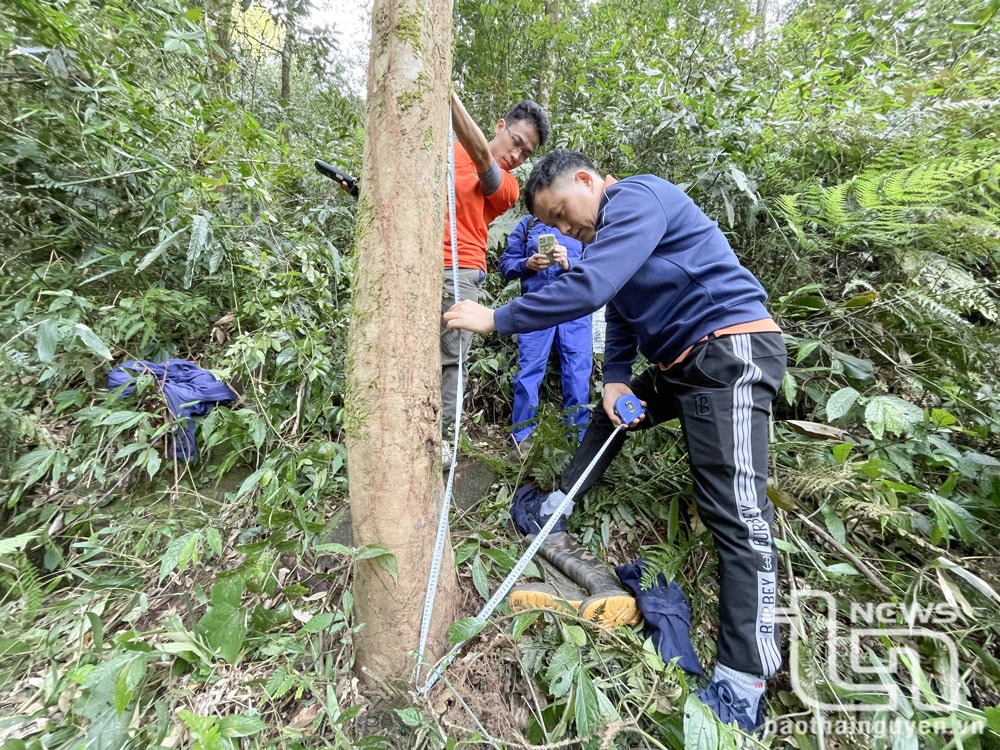
Shan tea variety
Continuing to the top of Tam Dao mountain, the survey team found a population of ancient tea trees. Associate Professor, Dr. Ha Duy Truong said: "The team found 18 trees with a base circumference of about 80 to 150 cm. Through leaf and tea bud samples, we assessed that all these trees are a tea variety, leaning towards the very precious Shan tea variety, possibly the green Shan or white Shan tea variety that usually lives at an altitude of more than 1,200 m above sea level. However, to determine which Shan tea variety this tea population belongs to, the genome must be sequenced for the most accurate assessment."
Also according to Associate Professor, Dr. Ha Duy Truong, regarding the age of the tree, through survey and measurement of some indicators, especially the circumference of the base, for trees with a circumference of 100 - 150 cm, the age of the tree is over 200 years old; trees with a circumference of over 80 cm are over 150 years old. Thus, the initial feeling is that most of the discovered tea trees are over 200 years old, but to accurately assess the age of the tree, it is necessary to use the scientific method of growth drilling to drill to the center of the tree trunk to determine the age.
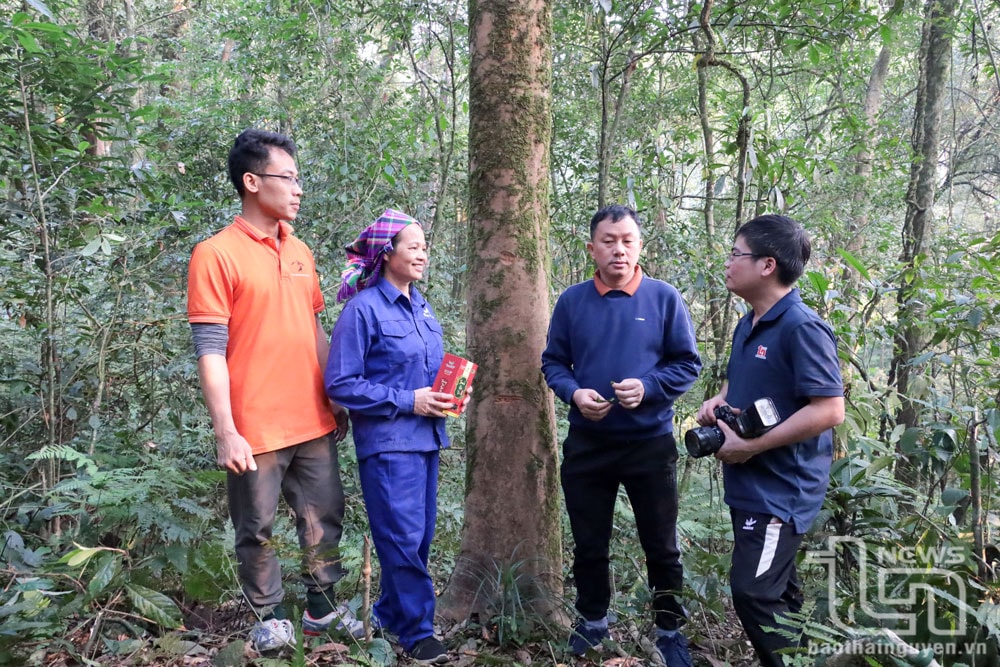
In Vietnam, Shan tea is now often an ancient tree, found in many provinces such as Ha Giang, Bac Kan, Dien Bien, Lao Cai, Yen Bai. The tree grows several meters to tens of meters high, and when picking tea, one must climb the tree. In many places, there are tea trees that several people cannot hug, and are hundreds to thousands of years old. Shan tea often lives in areas with an altitude of more than 1,200m, cool climate, and covered in clouds.
Continuing the survey, the group found that the tea buds, also known as tea shoots, have a distinctive shape - similar to the shape of a dragon's claw. Artisan Nguyen Thi Hai said: "We feel that this is very valuable Shan Mong Rong tea."
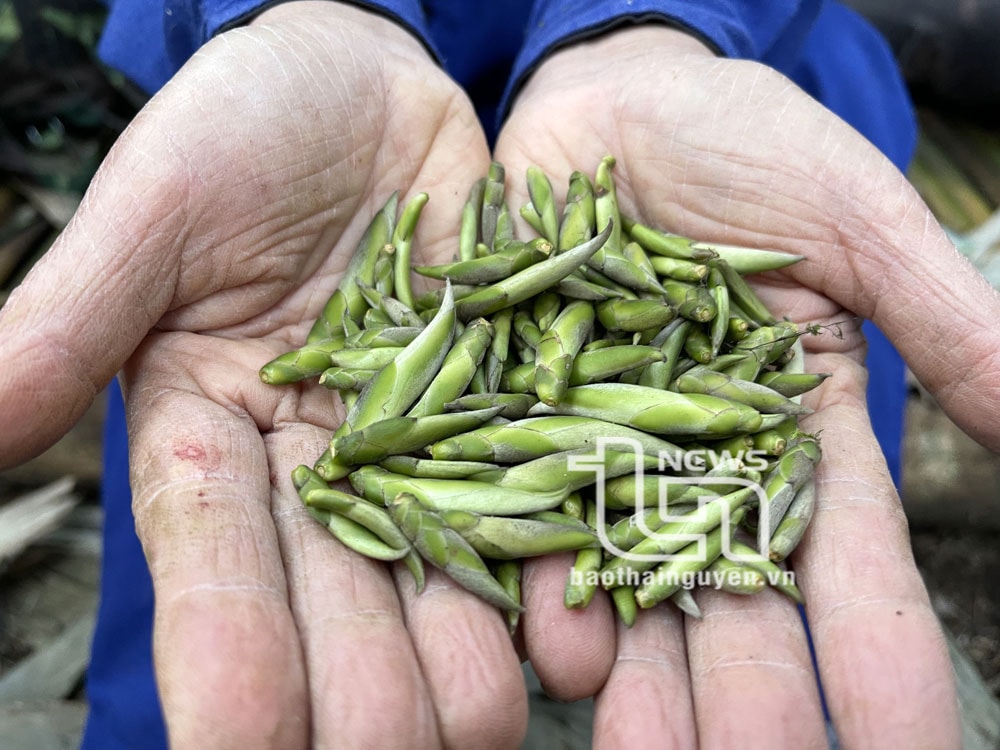
Dragon Claw is a famous tea. The reason it is called Dragon Claw is because it looks like a dragon's claw. In Vietnam, this Shan tea grows sporadically in some areas, mostly in Ha Giang province, at an altitude of over 1,300 m, with an air temperature below 10 degrees Celsius in winter and below 20 degrees Celsius in summer. Shan tea buds are harvested once a year in winter. With these conditions, Dragon Claw tea is fully accumulated with nutrients, providing health benefits, helping to prevent many diseases, and is a strong antioxidant...
Nui Bong Ancient Tea - Tam Dao: 2 varieties with different morphological characteristics
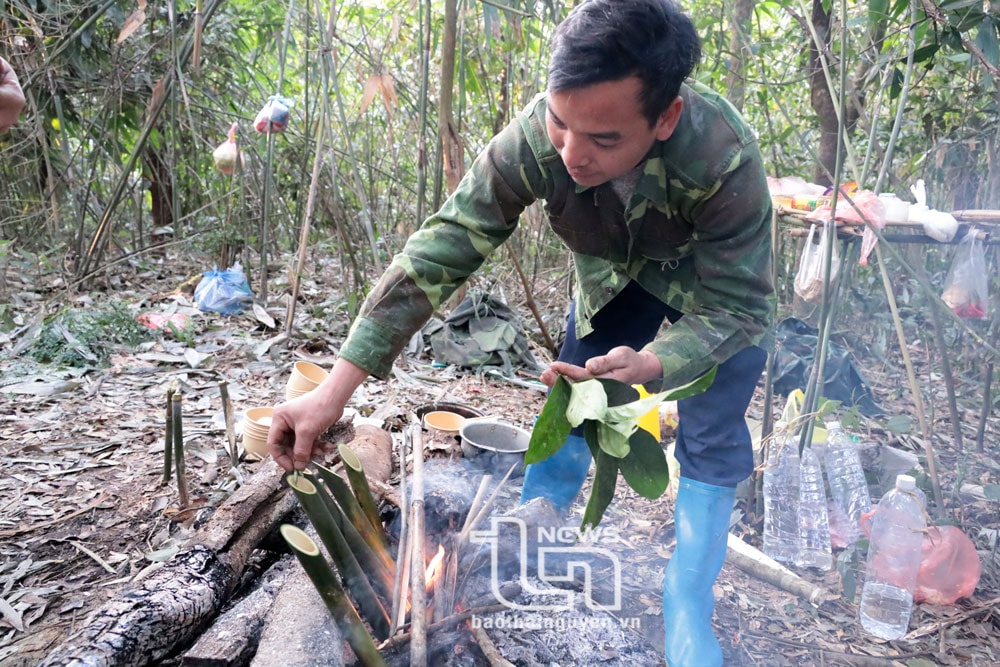
While conducting research on ancient tea trees on the top of Bong mountain, Minh Tien commune, Dai Tu district, when seeing this ancient tea tree on the top of Tam Dao, Associate Professor, Dr. Ha Duy Truong noticed two different tea varieties in terms of leaf morphology.
Associate Professor, Dr. Ha Duy Truong analyzed: "The newly discovered ancient tea on the top of Tam Dao has sunken serrated leaves, the tea buds are shaped like bamboo shoots and are covered by a hard shell, also known as bamboo shoots, while Bong mountain tea has clear and sparse serrated teeth, forming regular tea buds. The tea leaves on Tam Dao mountain have thick leaves, while Bong mountain tea has long, thin leaves and pointed tips. Initially, I determined that the two varieties were different in morphology, however, to determine the most accurate difference, it is necessary to sequence the gene source."
Artisan Nguyen Thi Hai added: "I also surveyed the tea areas of Bong Mountain and Tam Dao Mountain and found that the tea trees in these two areas are different. The tea trees in Tam Dao Mountain have buds, very large tea buds, in the bag of small buds, looking different from the tea trees in Bong Mountain which have buds like normal tea. Looking at the tree trunk, we see that the outside of the tea trees in Tam Dao Mountain has a red-pink bark, while the tea trees in Bong Mountain have a white-green color."
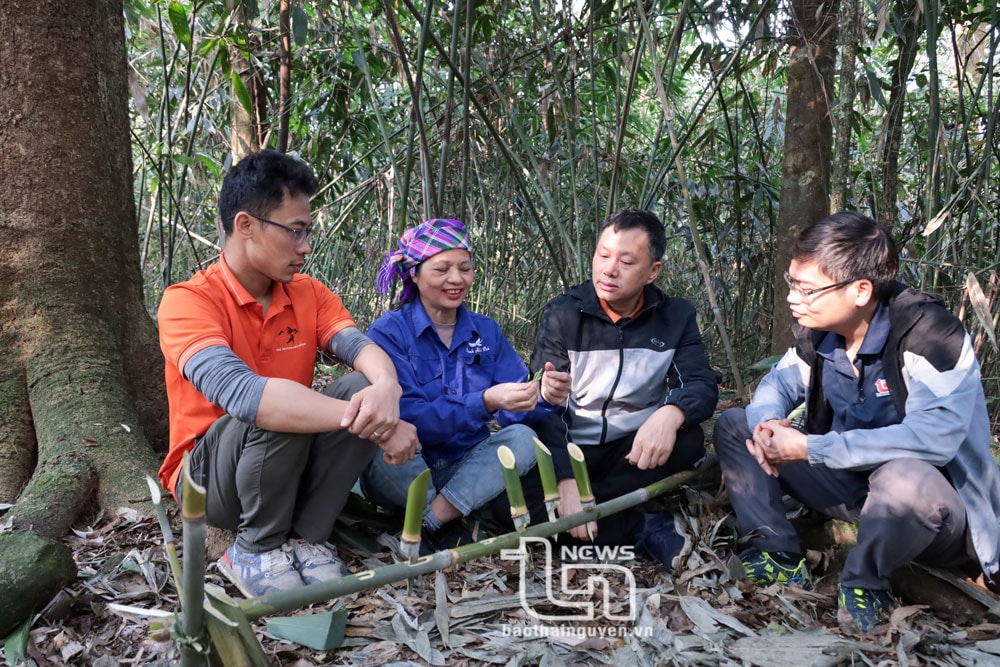
Scientists and tea industry experts have both stated that the ancient tea tree population on Tam Dao mountain top has different leaf and bud morphology compared to Bong mountain, so scientific research is needed soon to determine the breed and genetic source of the tree. Previously, the Scientific Council of Thai Nguyen province approved the project "Research, conservation and development of genetic resources of ancient tea trees on Bong mountain, Minh Tien commune, Dai Tu district, Thai Nguyen province". Research activities are underway to determine the genetic source of ancient tea trees on Bong mountain.
With the discovery of the ancient tea tree population on Tam Dao mountain, to have the most accurate conclusion, scientists and tea experts suggest that Thai Nguyen province soon have a scientific research topic on the genetic resources of ancient tea trees on Tam Dao peak in Thai Nguyen province. On that basis, the tree population will soon become a heritage tree to preserve and promote the precious value of tea trees.
According to many scientists, the discovery of an ancient tea population on Tam Dao Mountain, in La Bang Commune (Dai Tu), is of great significance. This is a premise for research to evaluate the history of tea trees in Thai Nguyen.
Source: https://baohaiduong.vn/ven-man-bi-an-che-co-nui-tam-dao-thuoc-dia-phan-thai-nguyen-408322.html



![[Photo] Prime Minister Pham Minh Chinh meets with the Policy Advisory Council on Private Economic Development](https://vphoto.vietnam.vn/thumb/1200x675/vietnam/resource/IMAGE/2025/5/8/387da60b85cc489ab2aed8442fc3b14a)
![[Photo] General Secretary To Lam begins official visit to Russia and attends the 80th Anniversary of Victory over Fascism](https://vphoto.vietnam.vn/thumb/1200x675/vietnam/resource/IMAGE/2025/5/8/5d2566d7f67d4a1e9b88bc677831ec9d)
![[Photo] President Luong Cuong presents the decision to appoint Deputy Head of the Office of the President](https://vphoto.vietnam.vn/thumb/1200x675/vietnam/resource/IMAGE/2025/5/8/501f8ee192f3476ab9f7579c57b423ad)
![[Photo] National Assembly Chairman Tran Thanh Man chairs the meeting of the Subcommittee on Documents of the First National Assembly Party Congress](https://vphoto.vietnam.vn/thumb/1200x675/vietnam/resource/IMAGE/2025/5/8/72b19a73d94a4affab411fd8c87f4f8d)
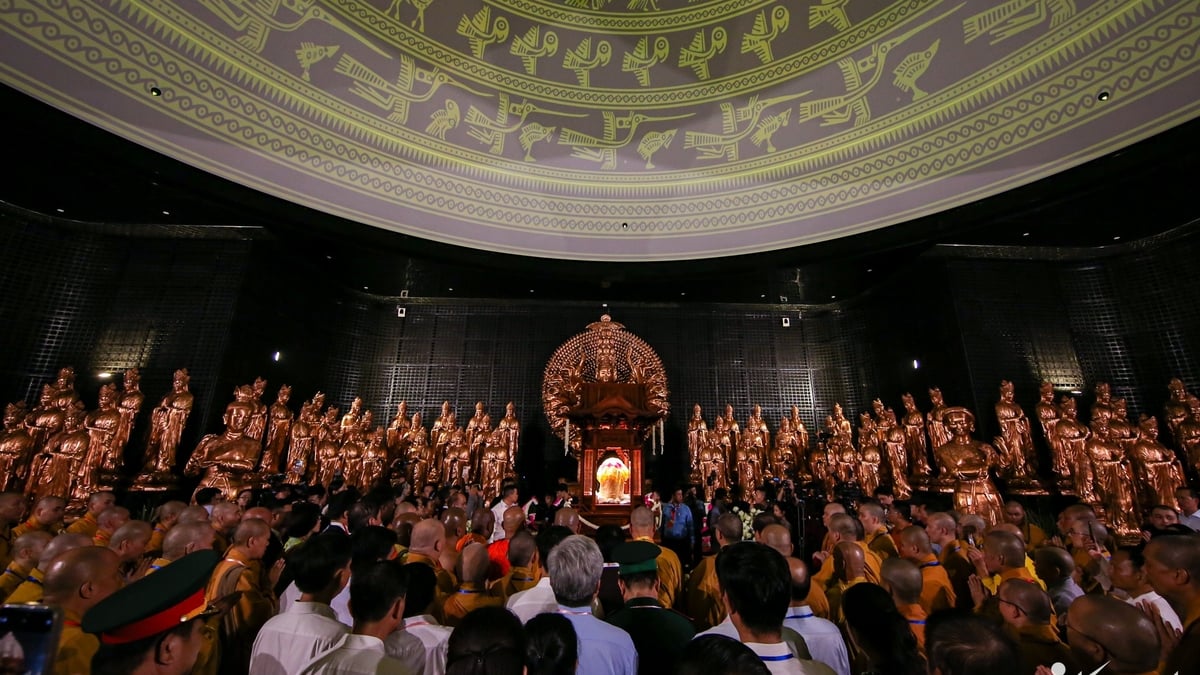

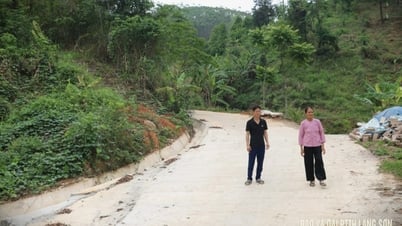

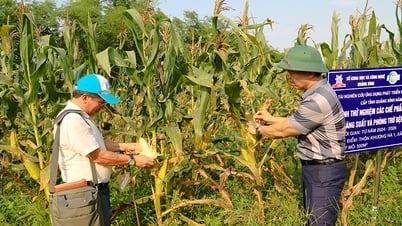
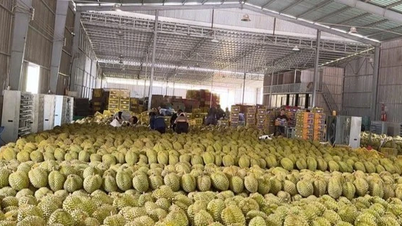









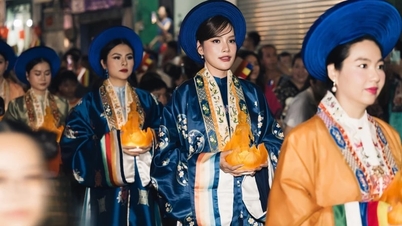











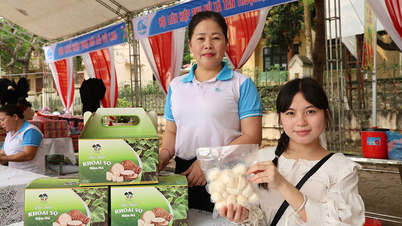























































Comment (0)